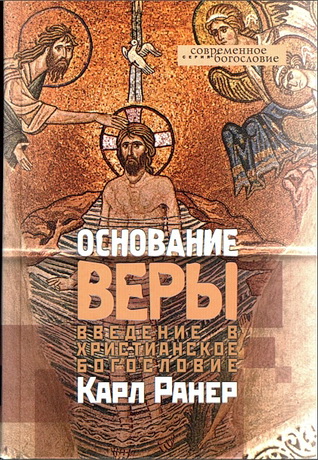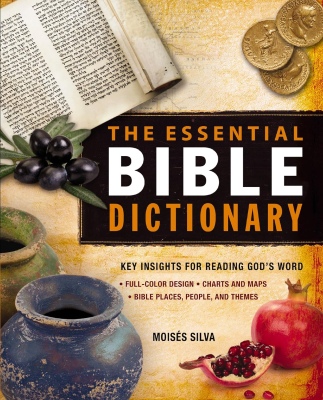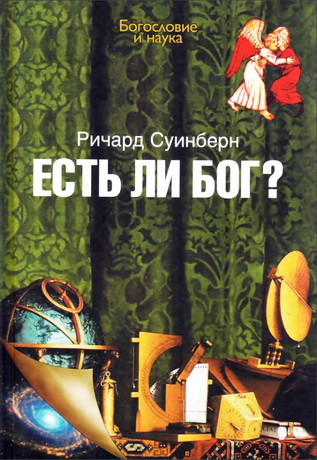
Silva - The Essential Bible Dictionary - модуль BibleQuote
Moises Silva - The Essential Bible Dictionary: Key Insights for Reading God's Word
Grand Rapids, MI: Zondervan, 2011. – 236 p.
ePub Edition © January 2017: ISBN 978-0-310-53753-3
ISBN 978-0-310-27821-4 (softcover)
The Essential Bible Dictionary is designed to provide quick but reliable information on the most important names and concepts found in the Bible, as well as explanations for selected terms that modern readers find difficult to understand.
Unlike comparable works in the market, the EBDdoes not include words that are readily found in English dictionaries (e.g., adhere, foul, lad, prey, thither) unless a special biblical usage requires comment. On the other hand, it includes a larger number of proper names than one usually finds in Bible dictionaries for students. Moreover, many of the entries provide a fuller description, based on the forthcoming Zondervan Illustrated Bible Dictionary.
The New International Version (NIV, 1984 ed.) serves as the primary basis of this work, although alternate renderings and spellings of proper names are often given, especially from Today’s New International Version (TNIV) and the King James Version (KJV).
Cross-references are set in SMALL CAPS, indicating that the term in question has a separate entry in the dictionary. Thus when the reader comes across an unfamiliar name or concept, he or she can tell immediately whether the term is described elsewhere.
The pronunciation of biblical names is based on W. O. Walker Jr., The Harper Collins Bible Pronunciation Guide (1989), which uses a simple system for indicating English sounds, as shown here.
* * *
Ephesians, Letter to the
One of the richest and most profound of PAUL’s letters, written while the apostle was a prisoner in ROME and sent to the church in EPHESUS and probably to several other churches near that city. Ephesians sets forth the wealth of the believer in union with Christ and emphasizes the nature of the CHURCH as the BODY OF CHRIST.
OVERVIEW OF EPHESIANS
AUTHOR: The apostle PAUL, though some argue that the letter consists of Pauline material brought together and edited by one or more of his disciples.
HISTORICAL SETTING: Probably written from ROME during the apostle’s first imprisonment in that city (c. AD 61 – 63; those who believe that someone other than Paul was the author date the letter two or three decades later). Ephesians may have been addressed to several churches in and around EPHESUS in the aftermath of the problems that occasioned the writing of COLOSSIANS.
PURPOSE: To expound on the blessings enjoyed by the CHURCH, to stress the unity of the BODY OF CHRIST, and to encourage believers to walk in the ways of CHRIST.
CONTENTS: A doctrinal section that focuses on our st anding in Christ (Eph. 1 – 3), followed by a practical section on righteous Christian living (chs. 4 – 6).
James
(jaymz). (1) A son of ZEBEDEE; he was one of the original twelve disciples and brother of the apostle JOHN(Mk. 1: 19 – 20; 3: 17). The two of them, along with PETER, are often found at the center of important events, such as the raising of JAIRUS’s daughter (5: 37), the TRANSFIGURATION (Mk. 9: 2), and Jesus’agony in the Garden of GETHSEMANE (14: 33). His early martyrdom (c. AD 41) is recorded in Acts 12: 1 – 2. (2) A half brother of Jesus who was not a believer until after the resurrection; during the 40s he became the leader of the church in JERUSALEM(cf. Acts 15: 13 – 21; 21: 18; Gal. 2: 9); he was probably the author of the epistle of James. (3) A son of ALPHAEUS who was one of the twelve disciples (Mk. 3: 18). (4) A certain “James the younger” (Mk. 15: 40; KJV “the less”) may be the same as the son of Zebedee or the son of Alphaeus, but he is probably a different person. (5) The father of the disciple JUDAS(not Iscariot, Lk. 6: 16; KJV “brother”).





Комментарии
Пока нет комментариев. Будьте первым!